SNOSDA3F June 2020 – March 2023 TLV9020 , TLV9021 , TLV9022 , TLV9024 , TLV9030 , TLV9031 , TLV9032 , TLV9034
PRODMIX
- 1 Features
- 2 Applications
- 3 Description
- 4 Revision History
- 5 Pin Configuration and Functions
-
6 Specifications
- 6.1 Absolute Maximum Ratings
- 6.2 ESD Ratings
- 6.3 Recommended Operating Conditions
- Thermal Information, TLV90x0,TLV90x1
- 6.4 Thermal Information, TLV90x2
- 6.5 Thermal Information, TLV90x4
- 6.6 Electrical Characteristics, TLV90x0,TLV90x1
- 6.7 Switching Characteristics, TLV90x0,TLV90x1
- 6.8 Electrical Characteristics, TLV90x2
- 6.9 Switching Characteristics, TLV90x2
- 6.10 Electrical Characteristics, TLV90x4
- 6.11 Switching Characteristics, TLV90x4
- 6.12 Typical Characteristics
- 7 Detailed Description
-
8 Application and Implementation
- 8.1 Application Information
- 8.2 Typical Applications
- 8.3 Power Supply Recommendations
- 9 Layout
- 10Device and Documentation Support
- 11Mechanical, Packaging, and Orderable Information
Package Options
Mechanical Data (Package|Pins)
Thermal pad, mechanical data (Package|Pins)
Orderable Information
6.12 Typical Characteristics
TA = 25°C, VS = 5 V, RPULLUP = 2.5k, CL = 15 pF, VCM = 0 V, VUNDERDRIVE = 100 mV, VOVERDRIVE = 100 mV unless otherwise noted.
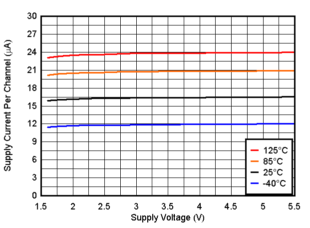 Figure 6-1 Supply Current vs. Supply Voltage
Figure 6-1 Supply Current vs. Supply Voltage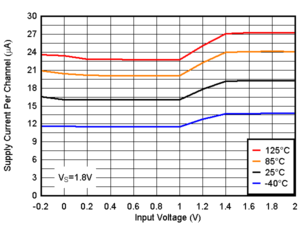 Figure 6-3 Supply Current vs. Input Voltage, 1.8V
Figure 6-3 Supply Current vs. Input Voltage, 1.8V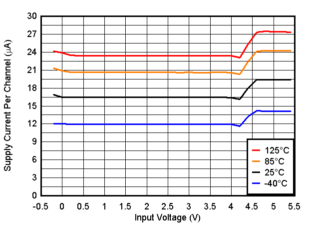 Figure 6-5 Supply Current vs. Input Voltage, 5V
Figure 6-5 Supply Current vs. Input Voltage, 5V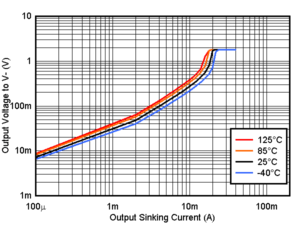 Figure 6-7 Output Sinking Current vs. Output Voltage, 1.8V
Figure 6-7 Output Sinking Current vs. Output Voltage, 1.8V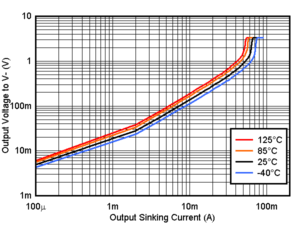 Figure 6-9 Output Sinking Current vs. Output Voltage, 3.3V
Figure 6-9 Output Sinking Current vs. Output Voltage, 3.3V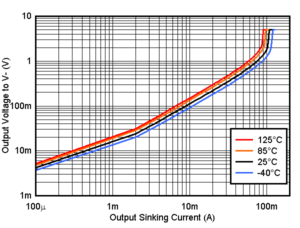 Figure 6-11 Output Sinking Current vs. Output Voltage, 5V
Figure 6-11 Output Sinking Current vs. Output Voltage, 5V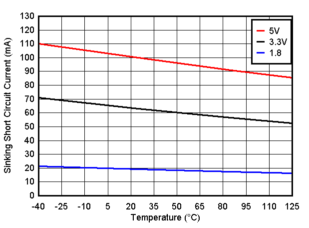 Figure 6-13 Sinking Short Circuit Current vs. Temperature
Figure 6-13 Sinking Short Circuit Current vs. Temperature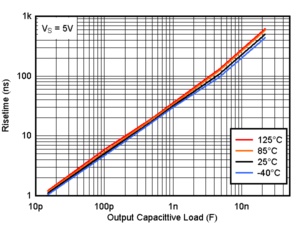 Figure 6-15 Risetime vs. Capacitive Load
Figure 6-15 Risetime vs. Capacitive Load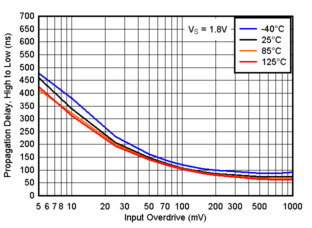 Figure 6-17 Propagation Delay, High to Low, 1.8V
Figure 6-17 Propagation Delay, High to Low, 1.8V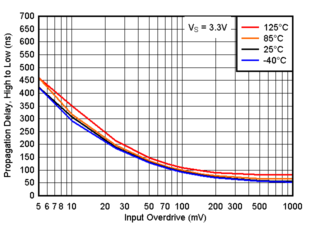 Figure 6-19 Propagation Delay, High to Low, 3.3V
Figure 6-19 Propagation Delay, High to Low, 3.3V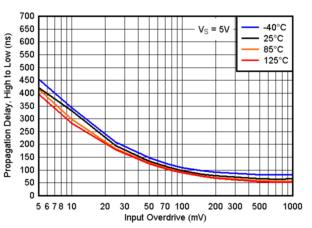 Figure 6-21 Propagation Delay, High to Low, 5V
Figure 6-21 Propagation Delay, High to Low, 5V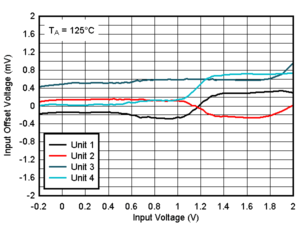 Figure 6-23 Offset Voltage vs. Input Votlage at 125°C, 1.8V
Figure 6-23 Offset Voltage vs. Input Votlage at 125°C, 1.8V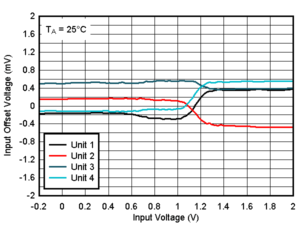 Figure 6-25 Offset Voltage vs. Input Votlage at 25°C, 1.8V
Figure 6-25 Offset Voltage vs. Input Votlage at 25°C, 1.8V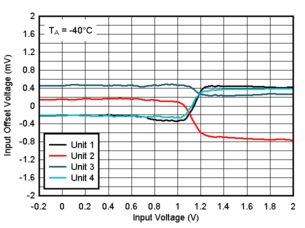 Figure 6-27 Offset Voltage vs. Input Votlage at -40°C, 1.8V
Figure 6-27 Offset Voltage vs. Input Votlage at -40°C, 1.8V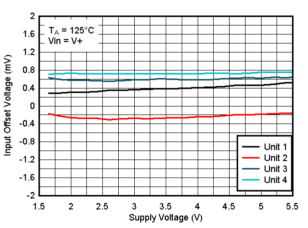 Figure 6-29 Offset Voltage vs. Supply Voltage at 125°C, VIN=V+
Figure 6-29 Offset Voltage vs. Supply Voltage at 125°C, VIN=V+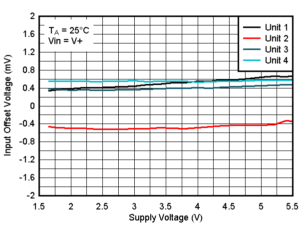 Figure 6-31 Offset Voltage vs. Supply Voltage at 25°C, VIN=V+
Figure 6-31 Offset Voltage vs. Supply Voltage at 25°C, VIN=V+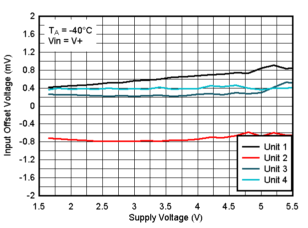 Figure 6-33 Offset Voltage vs. Supply Voltage at -40°C, VIN=V+
Figure 6-33 Offset Voltage vs. Supply Voltage at -40°C, VIN=V+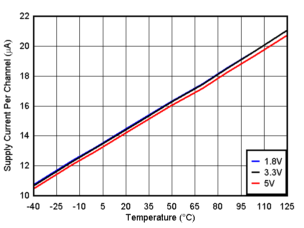 Figure 6-2 Supply Current vs. Temperature
Figure 6-2 Supply Current vs. Temperature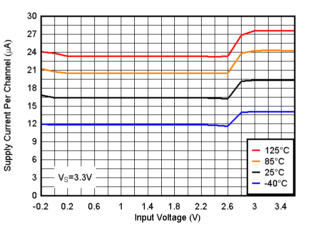 Figure 6-4 Supply Current vs. Input Voltage, 3.3V
Figure 6-4 Supply Current vs. Input Voltage, 3.3V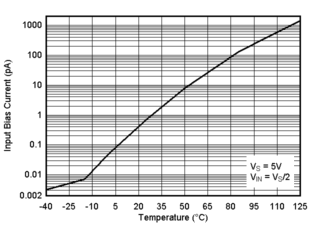 Figure 6-6 Input Bias Current vs. Temperature
Figure 6-6 Input Bias Current vs. Temperature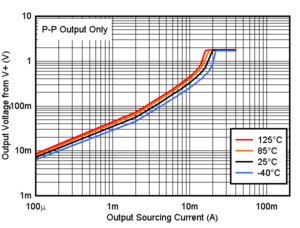 Figure 6-8 Output Sourcing Current vs. Output Voltage, 1.8V
Figure 6-8 Output Sourcing Current vs. Output Voltage, 1.8V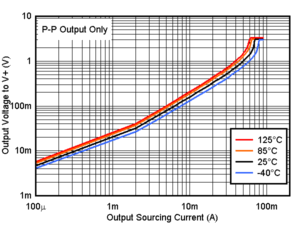 Figure 6-10 Output Sourcing Current vs. Output Voltage, 3.3V
Figure 6-10 Output Sourcing Current vs. Output Voltage, 3.3V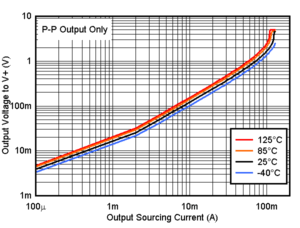 Figure 6-12 Output Sourcing Current vs. Output Voltage, 5V
Figure 6-12 Output Sourcing Current vs. Output Voltage, 5V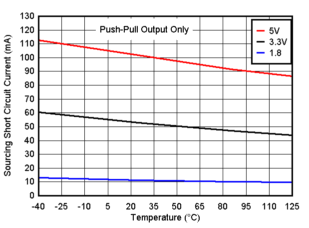 Figure 6-14 Sourcing Short Circuit Current vs. Temperature
Figure 6-14 Sourcing Short Circuit Current vs. Temperature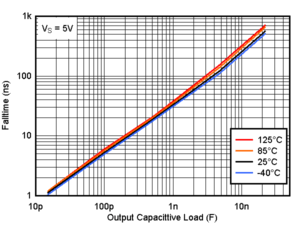 Figure 6-16 Falltime vs. Capacitive Load
Figure 6-16 Falltime vs. Capacitive Load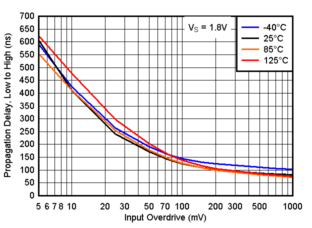 Figure 6-18 Propagation Delay, Low to High, 1.8V
Figure 6-18 Propagation Delay, Low to High, 1.8V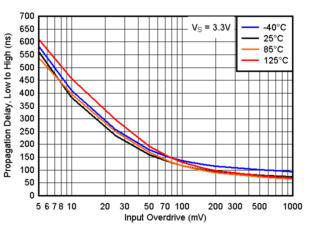 Figure 6-20 Propagation Delay, Low to High, 3.3V
Figure 6-20 Propagation Delay, Low to High, 3.3V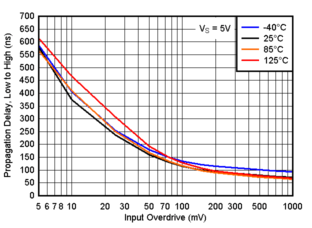 Figure 6-22 Propagation Delay, Low to High, 5V
Figure 6-22 Propagation Delay, Low to High, 5V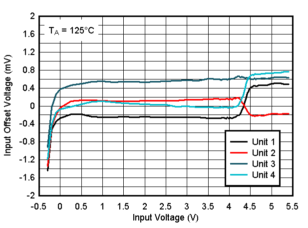 Figure 6-24 Offset Voltage vs. Input Votlage at 125°C, 5V
Figure 6-24 Offset Voltage vs. Input Votlage at 125°C, 5V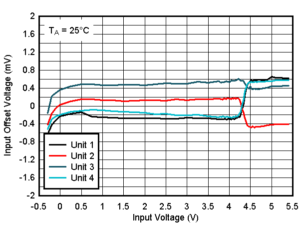 Figure 6-26 Offset Voltage vs. Input Votlage at 25°C, 5V
Figure 6-26 Offset Voltage vs. Input Votlage at 25°C, 5V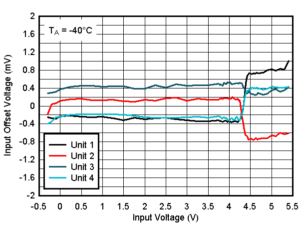 Figure 6-28 Offset Voltage vs. Input Votlage at -40°C, 5V
Figure 6-28 Offset Voltage vs. Input Votlage at -40°C, 5V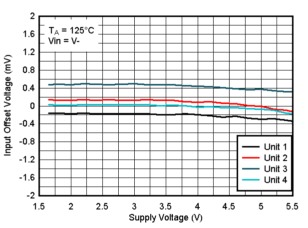 Figure 6-30 Offset Voltage vs. Supply Voltage at 125°C, VIN=V-
Figure 6-30 Offset Voltage vs. Supply Voltage at 125°C, VIN=V-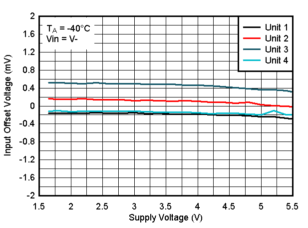 Figure 6-32 Offset Voltage vs. Supply Voltage at 25°C, VIN=V-
Figure 6-32 Offset Voltage vs. Supply Voltage at 25°C, VIN=V-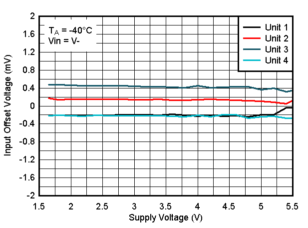 Figure 6-34 Offset Voltage vs. Supply Voltage at -40°C, VIN=V-
Figure 6-34 Offset Voltage vs. Supply Voltage at -40°C, VIN=V-